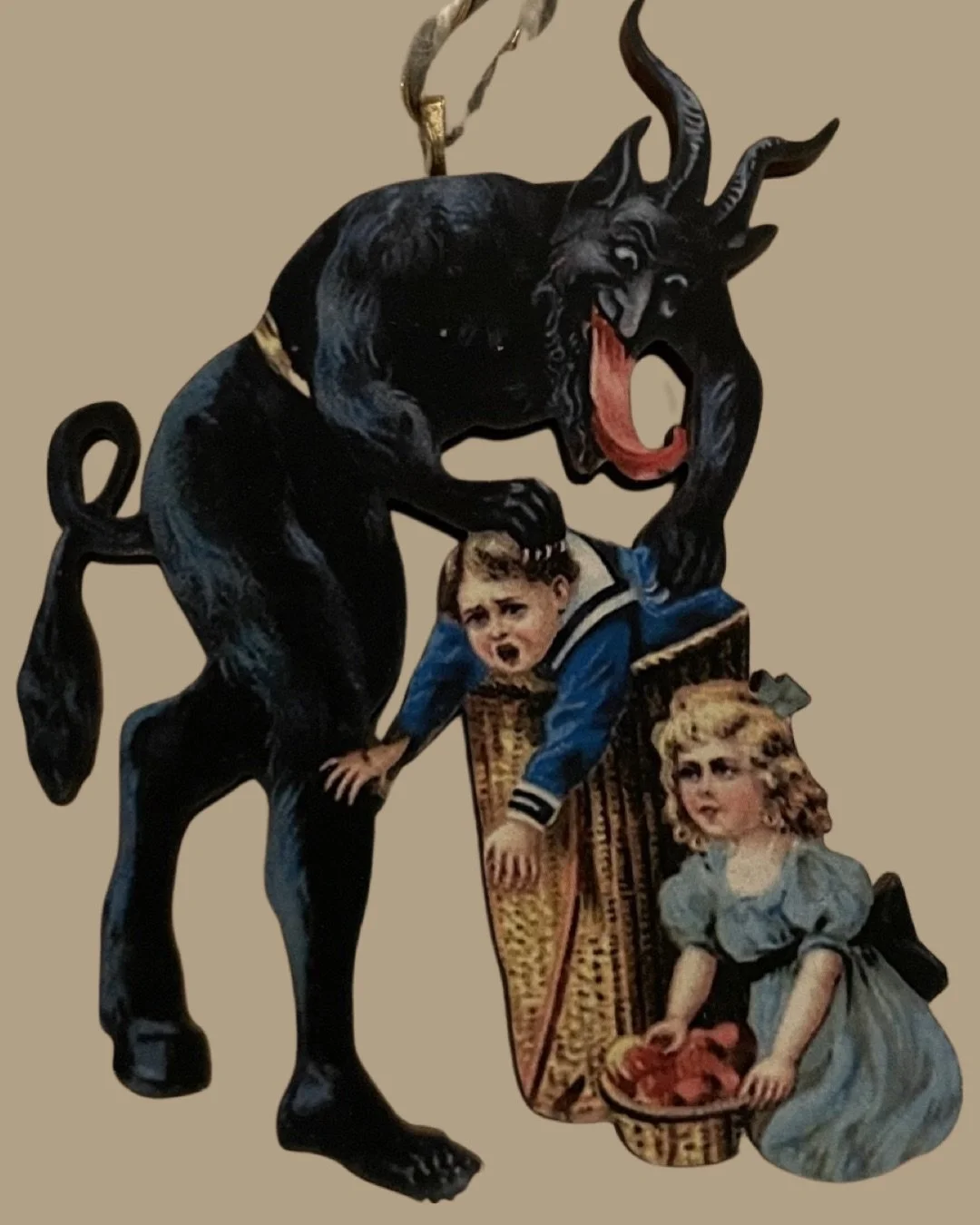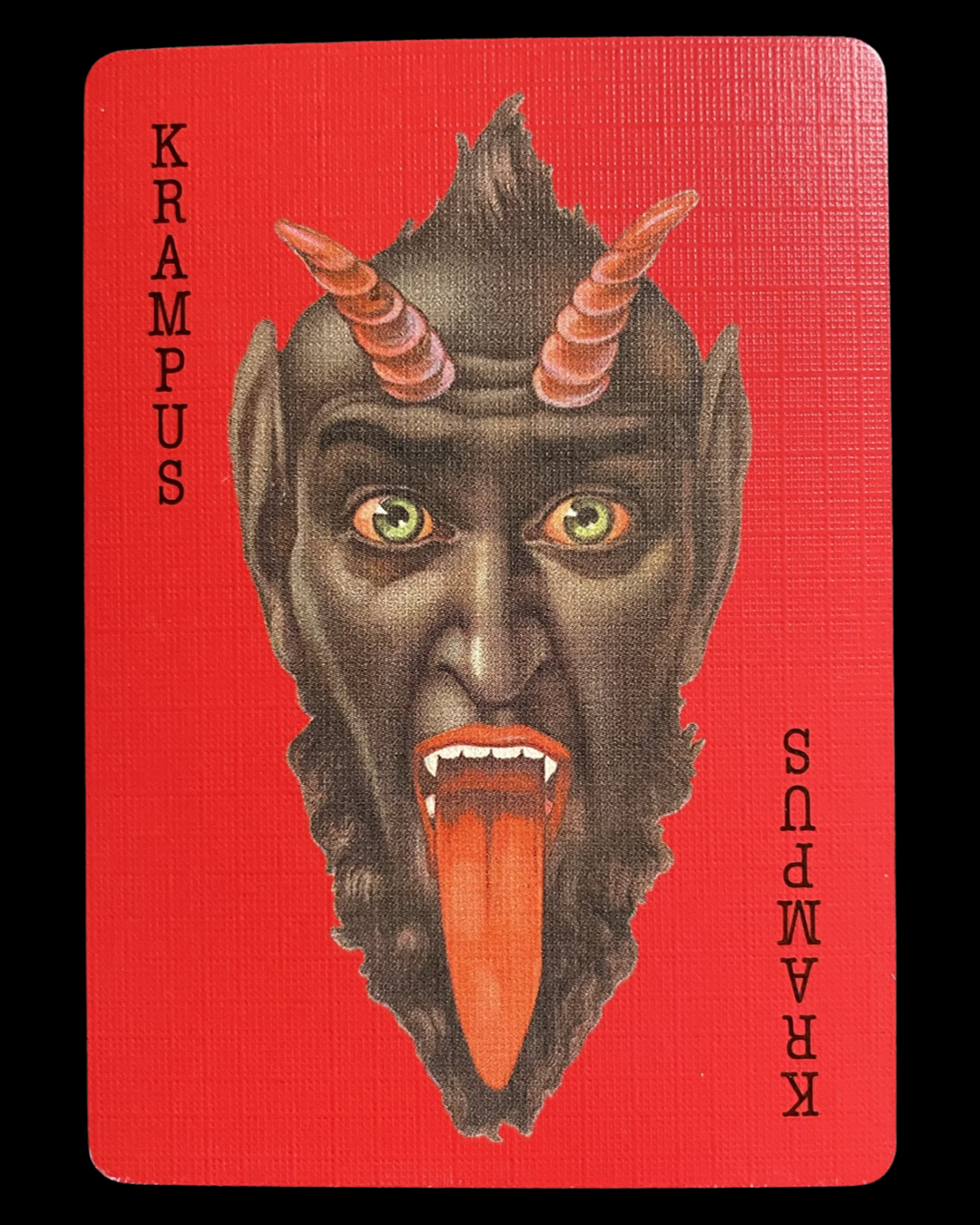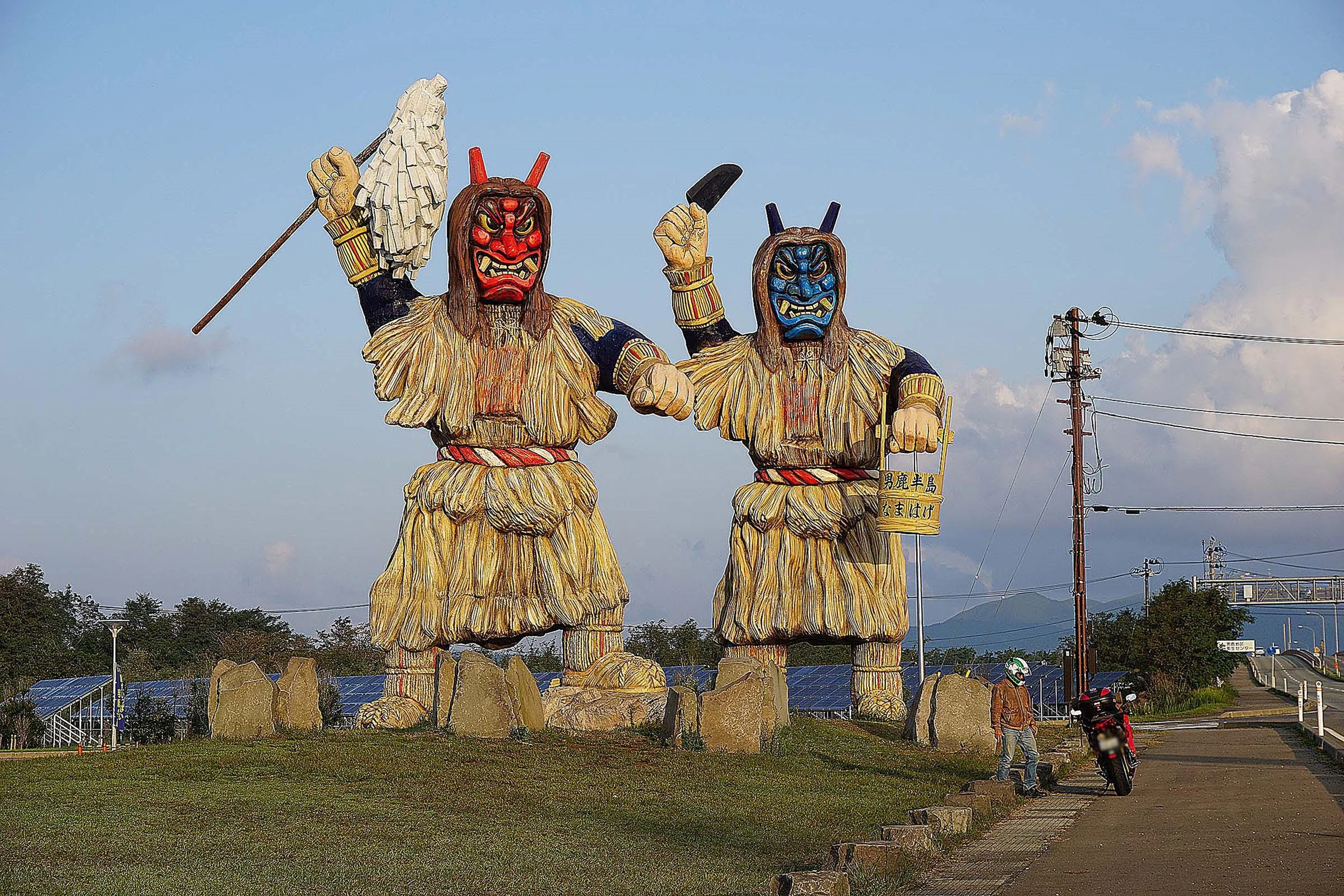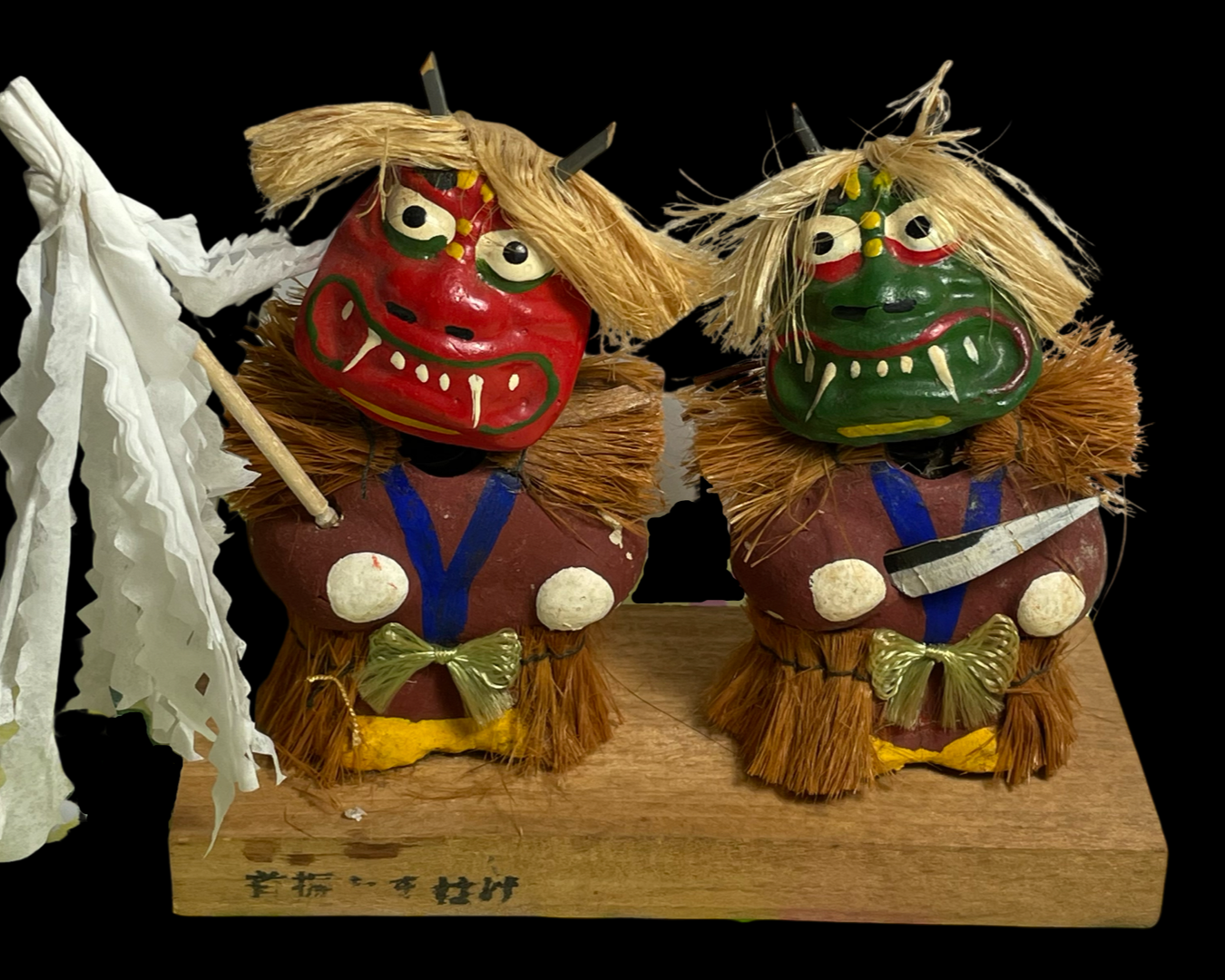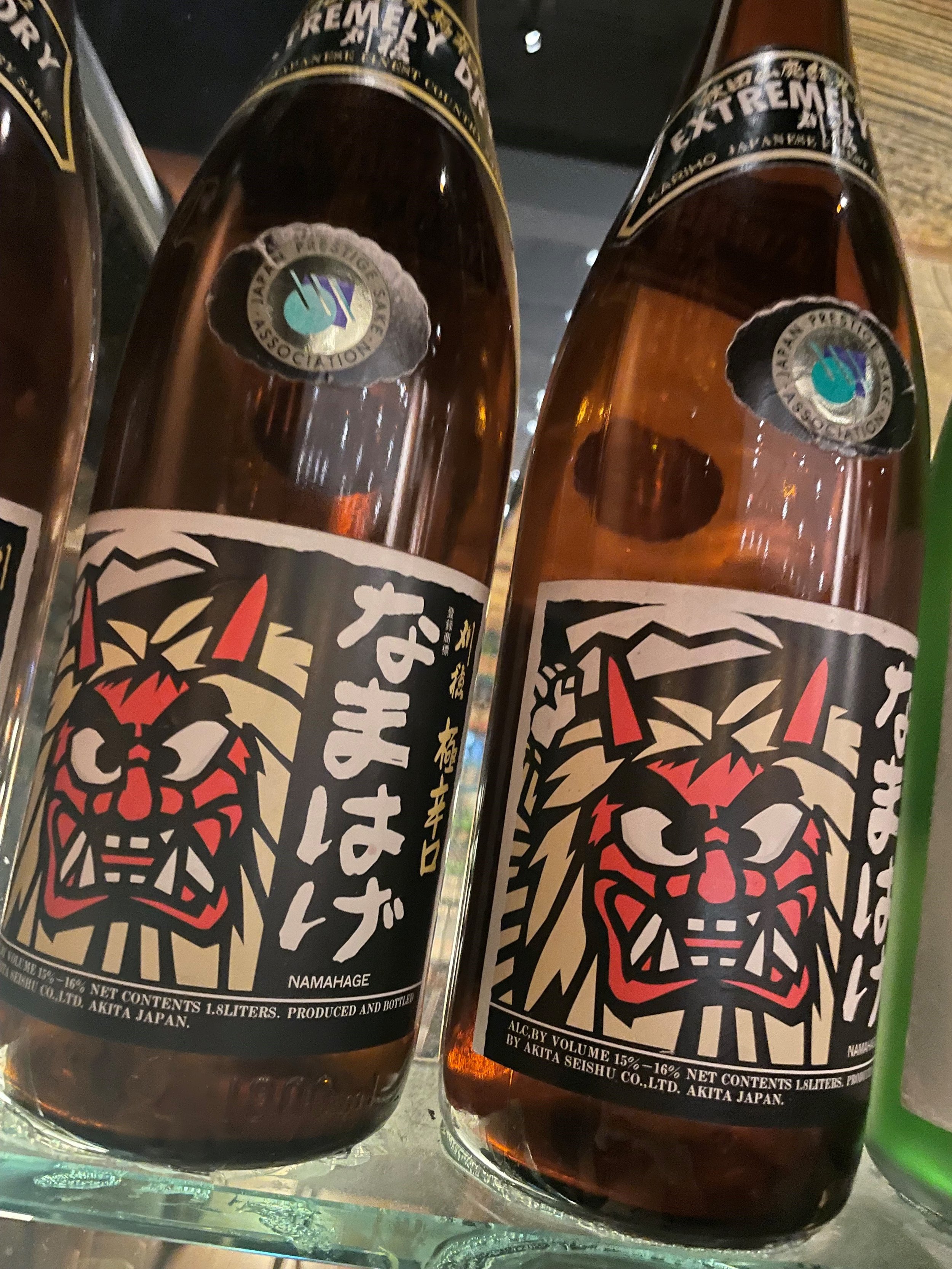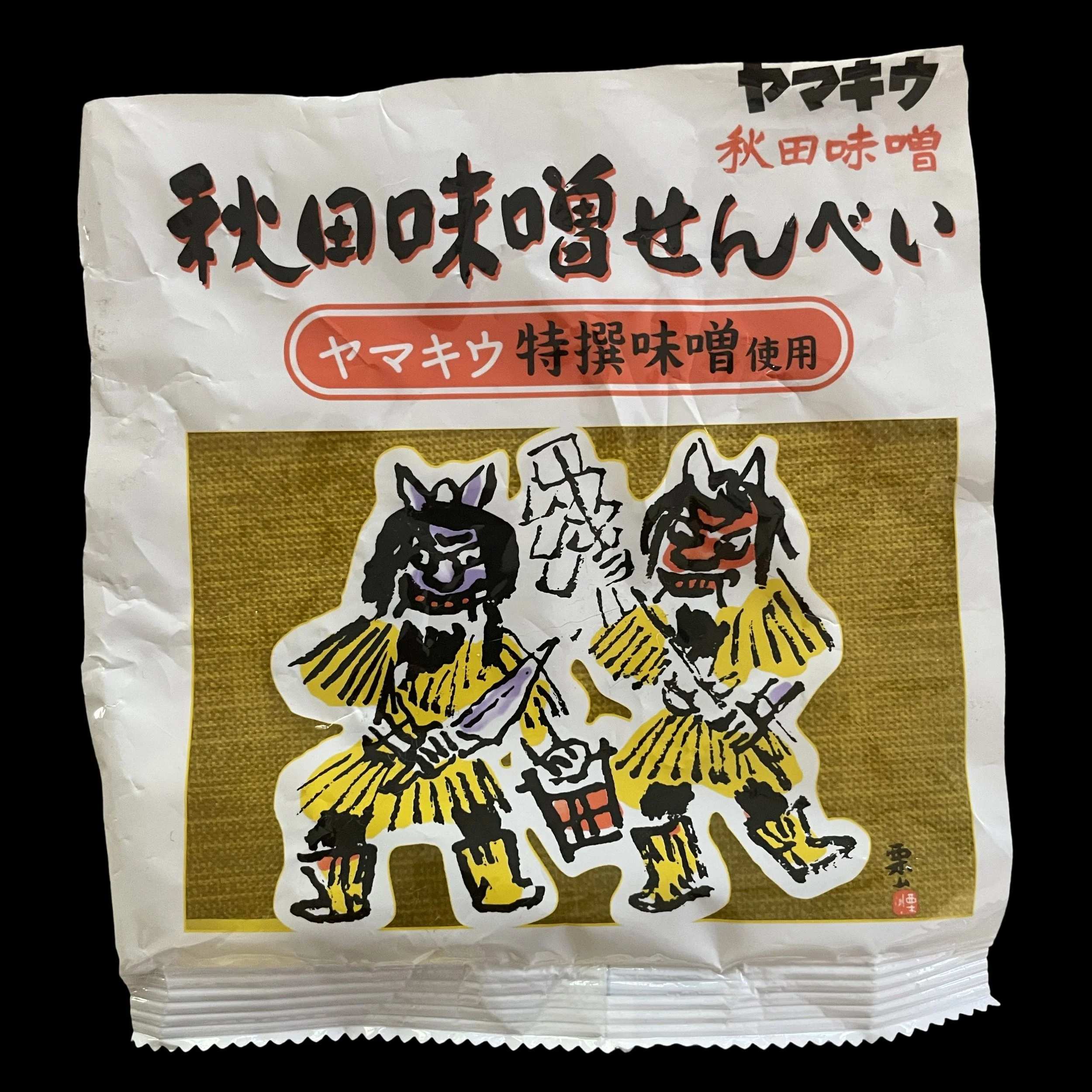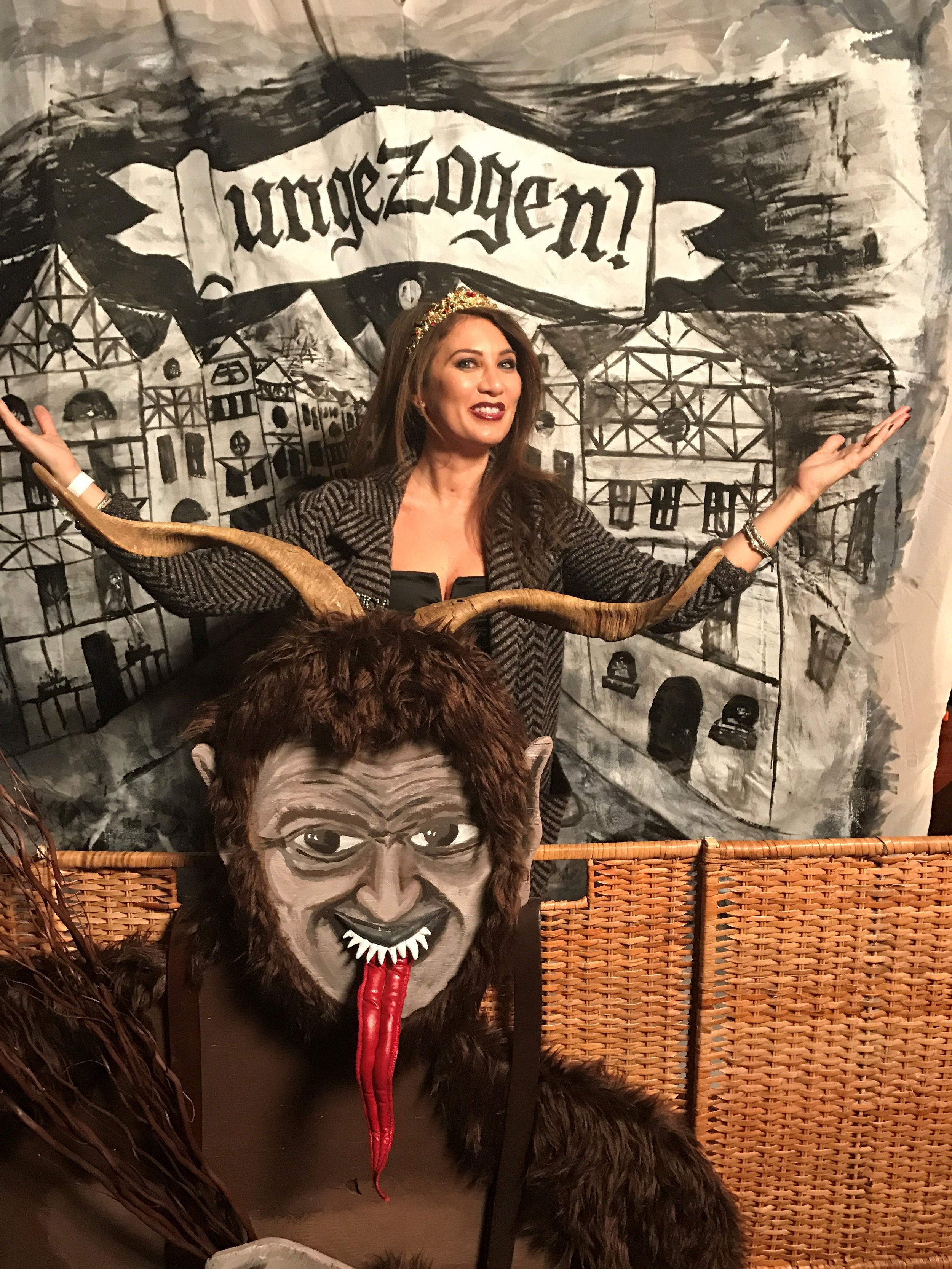Namahage: Japanese Krampus?
Exploring the Parallels Between Two Winter Demons
Terrorizing children around the winter holidays is a timeless and beloved tradition.
The most well-known figure of holiday fright has to be Gruss vom Krampus. Native to North Eastern Europe, Krampus — as he is affectionately known — is generally depicted as a beast-like creature with horns, fur, cloven hooves and a long, red tongue. Whereas Santa Claus/St. Nicholas rewards well-behaved children with presents, Krampus threatens to kidnap naughty children by carrying them off in his straw basket and punishes them by whipping them with birch switches.
On the evening of December 5, which is known as Krampusnacht (Krampus Night), it is common for people in this part of the world (i.e. Austria, Germany, Switzerland, Hungary, etc.) to don elaborate masks and participate in parades or other festivities while dressed as Krampus.
Krampus has gained popularity in the United States over the past 10 or so years (See Coda below), particularly among those who are interested in esoteric folklore, and it is now not unusual to see Krampus merchandise commingled with traditional Christmas baubles.
Krampus ornament based on vintage image, House of Good Fortune Collection.
Deck of playing cards featuring vintage images of Krampus.
Today, we will examine a ritual with strong parallels to Krampusnacht.
Our exploration begins in the serene, snow-covered landscapes of Akita Prefecture, where a unique and thrilling tradition unfolds around the Lunar New Year. The Namahage Sedo Festival is a popular part of the New Year celebrations in the Akita Prefecture of Japan and a major tourist attraction in the region. But Namahage are not your typical holiday visitors. Clad in straw garments and donning menacing masks, these traditional Japanese demons (oni), emerge from folklore to roam the villages of the Oga Peninsula, ensuring that the spirit of the New Year is ushered in with both reverence and a touch of terror.
Their mission? To admonish the lazy and naughty, and to bring blessings of health and prosperity to the diligent and well-behaved.
Namahage go from house to house, making their presence known with loud, booming voices and threatening to take away misbehaving children.
They carry large knives and a large wooden bucket, which they bang on to make noise. The knives are part of the traditional costume and are used to symbolize the power of the Namahage to scare away evil spirits. Purification is one important part of the namahage ritual. For this reason, it is not uncommon to see Namahage carrying a Shinto shaku, a long, thin wooden rod with paper streamers attached to one end. This wand is used by a Shinto priest to purify a space or person.
The demons go from house to house and ask the children if they have been naughty or obedient and playfully chastise newly married couples for indolence and sloth. In the past, it was common for Namahage to ask, “Have your blisters peeled yet?” (Their name is actually derived from this phrase.)
Recall that this festival takes place in Northern Japan, where it is cold in the winter. Before modern heating systems were in wide use, people in this area would sit by a fire to keep warm. Those who stayed in front of the fire for a very long time (i.e. were lazy) would form heat blisters on their feet, so the Namahage’s question is another way of asking, “Have you been lazy?”
Krampus vs. Namahage: Let’s Review!
Both have horns.
Both are fierce-looking.
Both carry weapons. (Krampus: birch whips and chain; Namahage: knives)
Both terrorize children.
Both come out in winter, when the nights are long.
Both play an important role in the social fabric of the community.
But there is a good-natured aspect to Namahage that is not present in traditional folklore about Krampus. Unlike Krampus, whose priority is fear and punishment, Namahage offer words of encouragement and blessings for the coming year, and people feed them mochi when they want them to be on their way.
Vintage Namahage Bobbleheads, House of Good Fortune Collection.
Demon Dancer Sake; House of Good Fortune Collection
Kariho Sake, Akita Prefecture, (extremely dry), photo from Ozumo Restaurant in San Francisco, CA
Akita Miso Rice Cracker wrapper, Made with special Yamakiu miso; House of Good Fortune Collection
Coda
Krampus’s rising popularity in the United States may indicate that he is becoming a more beloved figure as he is integrated into mainstream culture, kind of like Dr. Seuss’s Grinch. Here are some photos from a well-attended Krampus party that took place in New York City in 2016.
The House had the great honor and privilege of presiding over Morbid Anatomy’s Krampus Party at The Bell House in December of 2016. One of the “Krampus Queen”’s responsibilities was judging the Krampus costume contest.
Here, The House is being carried off in Krampus’s straw basket. “Ungezogen!” means “naughty” in German.

